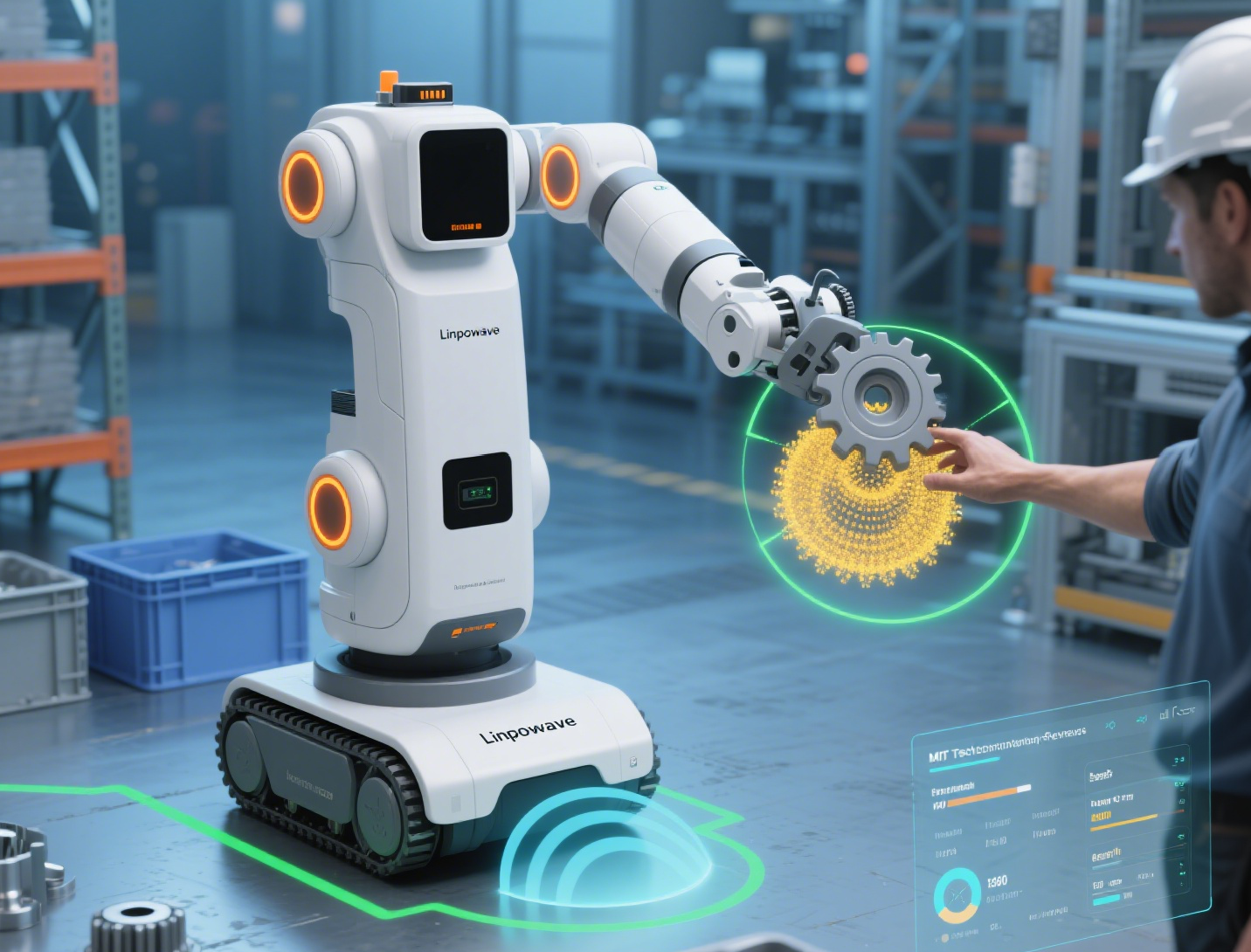Introduction
The rapid rise of robotics across industries—from smart factories to healthcare—demands sensing technologies that go beyond traditional vision-based systems. Cameras and LiDAR play vital roles, but they often face limitations in low-light environments, dusty workshops, or cluttered warehouses. This is where millimeter-wave (mmWave) radar emerges as a game-changer. Compact, precise, and weather-agnostic, mmWave radar empowers robots with a new level of perception, helping them operate more safely and efficiently.
Linpowave, a leader in mmWave radar solutions, designs modular radar boards that are easy to integrate into robots, enhancing both autonomy and human-machine collaboration.
Enhanced Safety in Human-Robot Collaboration
Collaborative robots (cobots) are designed to share workspaces with human operators. Ensuring safety in these environments is non-negotiable. Traditional proximity sensors or vision cameras may struggle to detect human presence if visibility is poor or if the worker is partially obscured.
Linpowave’s mmWave radar systems deliver precise human detection by measuring micro-movements like breathing or small hand gestures. This enables cobots to halt motion when workers come too close, or to slow down operations smoothly without abrupt stops. Such capabilities foster trust between humans and robots while keeping productivity high.
Reliable Operation in Challenging Environments
Industrial robots often function in harsh conditions—factories filled with smoke, welding sparks, or strong lighting variations. Optical sensors can be blinded or disrupted under these circumstances.
By contrast, mmWave radar is unaffected by lighting, dust, or smoke. Linpowave’s radar modules ensure consistent obstacle detection and navigation guidance, allowing robots to move confidently in warehouses, production floors, and logistics centers. This resilience makes them indispensable in environments where optical systems alone cannot guarantee reliability.
Precision in Navigation and Mapping
Mobile robots—such as autonomous guided vehicles (AGVs) or robotic forklifts—require precise navigation to avoid collisions and optimize workflow. With range measurement capabilities from short distances to hundreds of meters, Linpowave’s radar provides accurate mapping of the surrounding space.
Unlike cameras, which may misinterpret shadows or reflective surfaces, radar delivers stable depth data regardless of environmental variations. When fused with AI algorithms, radar data enables robots to predict human and machine movements, further reducing collision risks.
Compact Design for Seamless Integration
Linpowave’s radar boards are built on a compact modular design, making them suitable for robots with limited space. The small form factor allows integration into robotic arms, drones, and AGVs without compromising design aesthetics or mobility.
This lightweight, space-efficient design is particularly valuable for mobile robotics where weight and power consumption are critical.
Driving the Future of Smart Robotics
As robotics evolve from performing repetitive tasks to executing complex, dynamic operations, the need for robust sensing grows exponentially. Linpowave’s mmWave radar technology supports this transition by offering:
-
High accuracy in detecting humans and objects
-
Resilience to environmental interference
-
Compact integration for various robotic platforms
From manufacturing and logistics to service robots in healthcare, mmWave radar is becoming an indispensable enabler of safer, smarter robotics.
Conclusion
The next generation of robots must be more than just automated—they must be adaptive, aware, and safe to work alongside humans. Linpowave’s mmWave radar is paving the way for this transformation, offering robots the sensory intelligence required to thrive in unpredictable, real-world environments.
By combining precision sensing with robust design, Linpowave empowers industries to unlock the full potential of robotics in the age of Industry 4.0.



